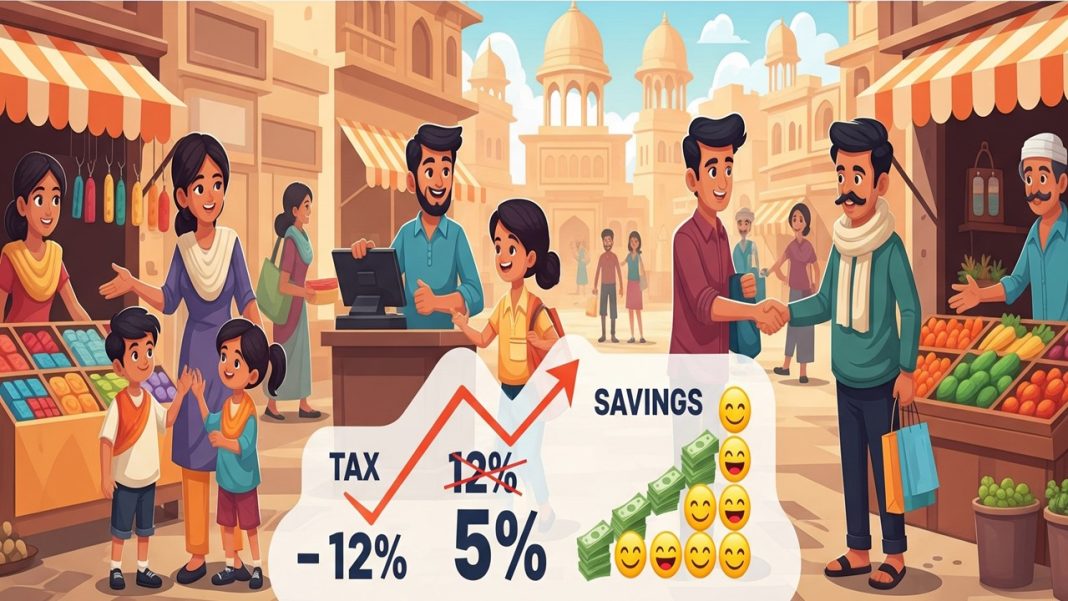Finance Minister Notifies Majority of Goods in 12% GST Slab Now Shifted to 5% Under GST 2.0 Reforms
On Sunday, September 14, 2025, the Union Finance Minister Nirmala Sitharaman said that both people and state governments have benefited from the GST regime.
Further said, addressing the joint conclave of the Trade and Industries Association in Chennai, that the majority of goods under the GST slab of 12% have now been shifted to the 5% GST slab under the recent GST reforms of 2025. She said these reforms will influence the lives of around 140 crore people in India. The recent reduction in GST rates will reduce the daily expenses of people and will increase their savings.
Thereafter, she said that the government will make sure that the benefit of the GST cut reaches the consumers. When GST first came into effect on 1st July 2017, there were a total of 65 lakh individuals whose income was taxable; now this number has increased to 1.51 crore. At that time, the gross GST receipts were Rs. 7.19 lakh crore, which has now reached Rs. 22 lakh crore. She claimed, “On average, per month, GST collection is Rs. 1.9 lakh crore or Rs. 2 lakh crore for Central and State governments, which is divided in the ratio of 50:50.”
She added, if GST collection is Rs. 1.8 lakh crore in a month, half (Rs. 90,000 crore) goes to the states and half to the centre. From the centre’s share, 41% is again given to the states.
Ms. Sitharaman said that GST 2.0 reforms took nearly eight months of work, and the changes in tax rates were made with the support of all State Finance Ministers in the GST Council. According to the government, rates on more than 350 items have been cut down. Further, the government has made some changes in the GST registration process; now the process can be completed in three days. Now, the major challenge for the government is to solve the problem of item classification under GST 2.0.
She also highlighted that there are several state courts where rulings are going on regarding GST rates. The government has now shifted 90% of items under the GST slabs of 5% or NIL (zero)%. This has eliminated the issue of rate classification. The GST council had spent around eight months deeply going through each item and classifying its category.
She said that in just eight months, the government cut personal income tax rates, introduced a new Income Tax Act, and carried out GST reforms. She also said GST refunds have been made easier.
She said, “The GST reforms were a policy-driven exercise. We did it keeping in mind five major points—whether there will be changes in daily use items, whether we are bringing changes in the daily use items used by the poor and middle class, whether it would be helpful for the farmers, whether the raw material cost for MSMEs would come down, and finally whether it will benefit the sectors that will boost the economy.”
At an event, the chairman of the CII Tamil Nadu State Council, A.R. Unnikrishnan, the chairman of the Federation of Indian Chambers of Commerce and Industry (FICCI), G.S.K. Velu, and the Tamil Nadu State Council, among other industrialists, welcomed the GST 2.0 reforms.



